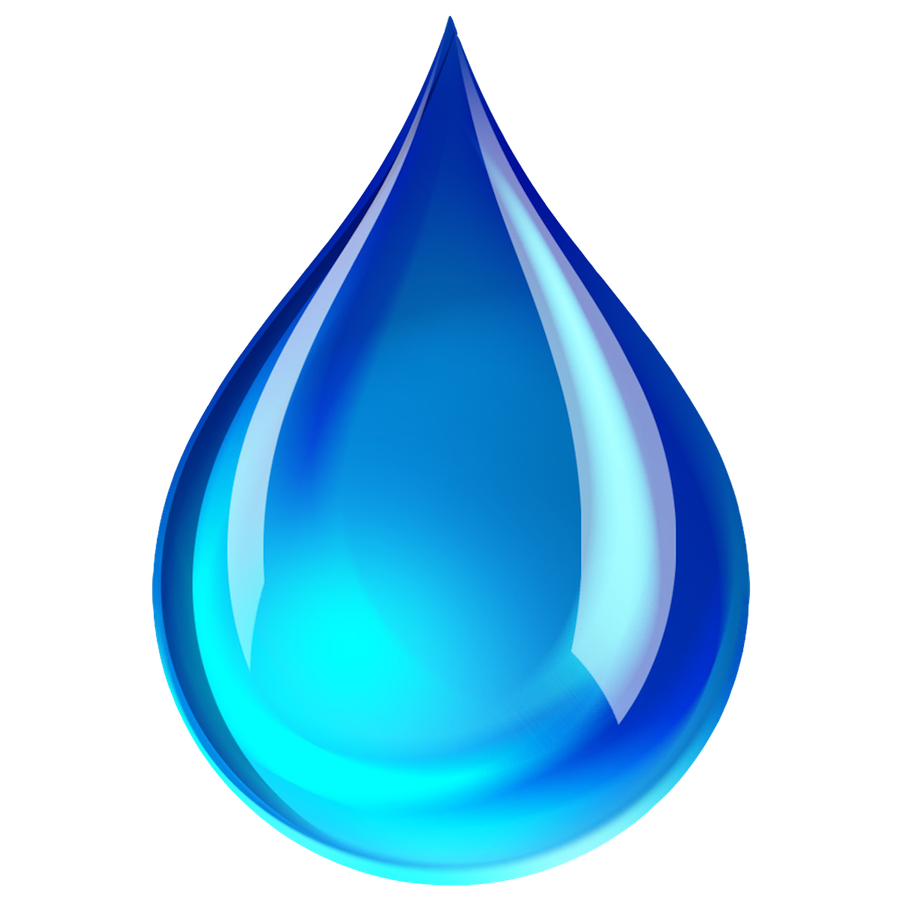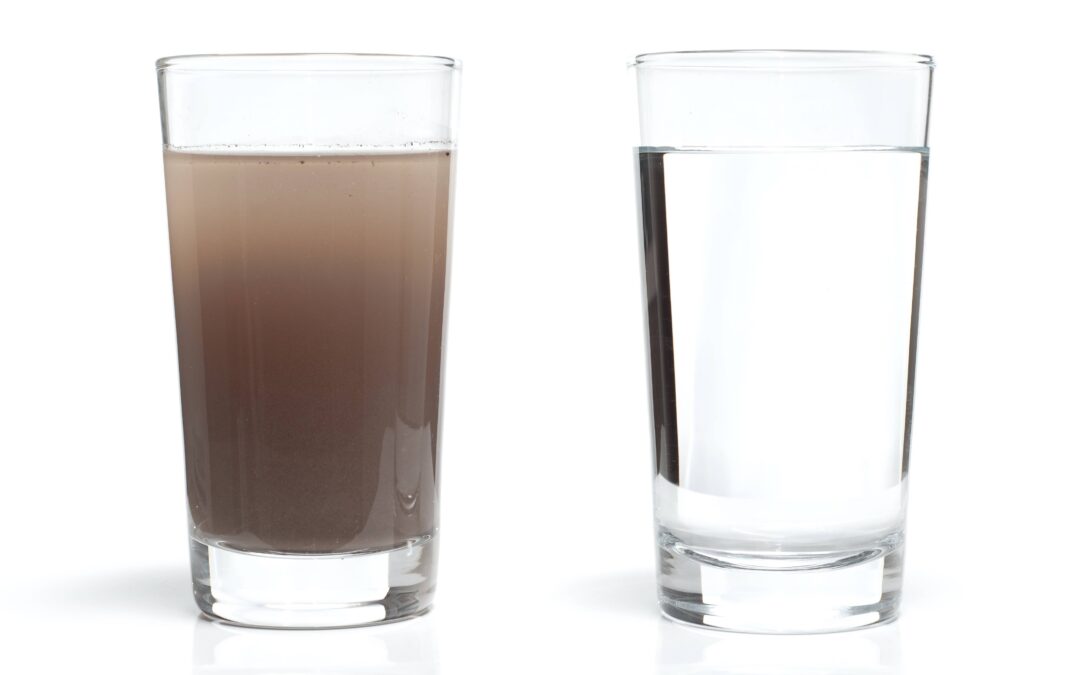
Choosing a water filtration system can be a daunting task. If you’re not sure what you need, answer the questions below to help you narrow down your choices. These questions will help you determine which system is right for your home. These systems work by purifying water in a variety of ways, including using Reverse osmosis, UV light, or Activated carbon.
Reverse osmosis
A reverse osmosis water filtration system can help you improve the quality of your drinking water. The process removes impurities and chemicals, but it’s not the only benefit of this water treatment system. This technology can also help reduce water consumption. Usually, municipal water is treated to kill microorganisms. However, dirty pipes can bring them back into the water. To prevent this from happening, it’s recommended to install a UV filter after installing a reverse osmosis system.
The most common type of reverse osmosis system is the under-sink model. It removes up to 99 percent of common contaminants, including lead, chlorine, copper, fluoride, and bacteria. It also has double carbon blocks for enhanced performance. One disadvantage of this system is that it doesn’t contain a remineralization filter, so your water may taste flat.
To install a reverse osmosis system, you’ll need to install some PVC piping and cut a hole in the pipe. You can then slide the spout through this hole. Make sure that the hole in the pipe is not too big, or the spout will leak. A better option is to install a spout that has holes on both sides of the pipe, since this can add additional filtration. Then, you can cement the PVC piping to the spout, and let it dry overnight.
A reverse osmosis water filtration system relies on the principles of size and charge. It rejects anything larger than 200 molecular weight or has a higher ionic charge. This ensures that the water produced from your water filtration system is as pure as it should be.
Activated carbon
Activated carbon water filtration systems are one of the most effective ways to remove contaminants from water. The process involves adsorption and catalytic reduction. Adsorption removes contaminants by binding to them, while catalytic reduction removes residual disinfectants and organic compounds. Both processes are important for the health of people and the environment.
Activated carbon has a much larger surface area than other types of carbon, which makes it more effective for water filtration. In fact, one gram of carbon has a porous surface area equal to one tenth of a football field. This surface area is large enough to allow water to pass through while trapping hard chemical contaminants. This makes it the ideal choice for water filtration systems.
Activated carbon water filtration systems remove many chemicals, including chlorine, dioxin, and pesticides. Some models even remove lead. Activated carbon filters are also cheaper than other types of water filtration systems in Crowley, TX. They are also effective at removing turbidity and particulate matter.
Activated carbon water filtration systems are effective in removing specific contaminants, but they may reduce filtering capacity. Inorganic solids and heavy metals can pass through activated carbon, which can also be contaminated with bacteria. Reverse osmosis filters, on the other hand, work by passing water through a membrane. Reverse osmosis filters can remove organic materials with molecular weights greater than 300 daltons, which equals 1.6605×10-24 grams.
UV light
If you’re looking to disinfect your water supply, consider the benefits of UV light, an environmentally friendly method of disinfection. UV light disinfects water at the point of contact, leaving no residue for contaminants to accumulate. For this reason, UV light treatment systems are best installed close to the point of use. You should clean the water downstream of the UV treatment unit to eliminate any possible contaminants.
When choosing a UV water sterilizer, choose a model that comes with an automatic sensor to shut off the lamp when not in use. This feature extends the life of the UV lamp and saves electricity. Additionally, the UV system should have an indicator light that lets you know when it needs to be cleaned. Some UV systems require annual maintenance, while others are low-maintenance and can last for years without bulb replacement.
When choosing a UV water filtration system, be sure to choose a unit that can handle the flow rate of your home. Otherwise, the UV light won’t have enough time to disinfect the water effectively. You can test the flow rate of your water in your home by using a bucket. If the flow rate is not high enough, consider a system that is 20% higher. This will account for external factors that can cause your water to flow at a faster rate than usual.
A UV water purifier can eliminate viruses, cysts, bacteria, and other microorganisms in your water. The light from these UV lamps kills 99% of all harmful pathogens. UV water purifiers also have a flow sensor, so you don’t have to worry about manually turning them on and off. These systems come with easy-to-follow instructions.

